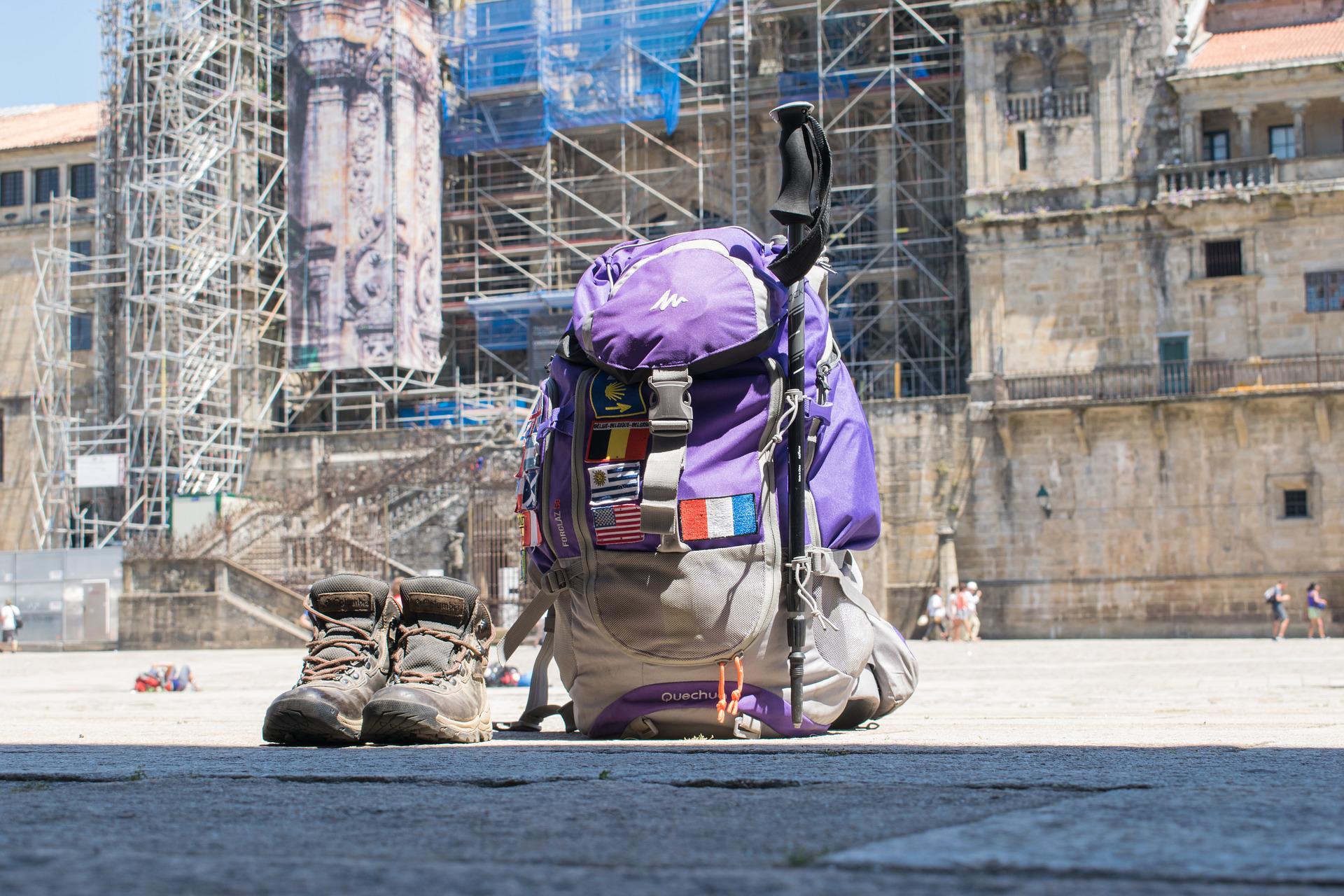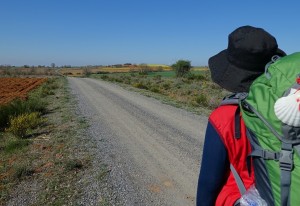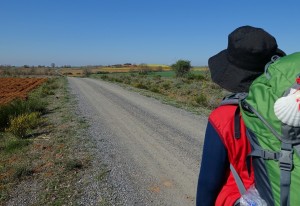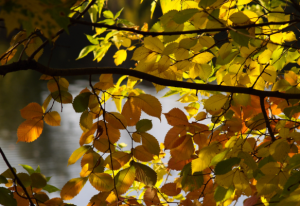Before embarking on the Camino de Santiago, it is very important that you inform yourself about the routes and stages that you are going to travel to prepare your trip. In today’s post we are going to talk about the Camino de Santiago from León, its stages and some points of interest that you will find on it. Let’s go there!
Stage 1 Stage 1: León – Villadangos del Páramo (20.5 kilometres)
We begin this first stage by traveling the 20.5 km that separate the center of León from Villadangos del Páramo.
In Villadangos del Páramo you can visit the Villadangos lagoon on the outskirts of the town, one of the most valuable wetlands in the province of León, and its parish church, built at the end of the 17th century.
Stage 2: Villadangos del Páramo- Astorga (27.5 kilometres)
In the next stage you will travel the N-120 route for 10 kilometers until you reach the first town after Villadangos, it is Puenta de Orbigo. There you will find a beautiful medieval bridge and, two kilometers away, the Hospital de Orbigo, a Templar city with a 12th-century church.
You will then pass through Villares de Orbigo, Santibanez de Valdeiglesia and San Justo de la Vega before arriving in Astorga.
Stage 3: Astorga to Rabanal del Camino (20 kilometres)
This stage is a little harder than the previous ones, since it is almost all uphill. Shortly after leaving Astorga you will pass through the town of Valdeviejas. Next, Murias de Rechivaldo, Santa Catalina de Somoza, and Gamso.
Stage 4: Rabanal del Camino to Molinaseca (25 kilometres)
This stage has many ups and downs. In it you will find several towns, some of them abandoned. You will pass through: Foncebadon, Rabanal, Manjarin, El Acebo and Riego de Ambros.
Stage 5: Molinaseca to Villafranca del Bierzo (30.7 kilometres)
This route is one of the most beautiful, as it runs through the Bierzo Valley. You will pass through Ponferrada and cross a bridge over the Sil River and you will visit small towns of Columbrianos and Fuentes Navas.
Stage 6: Villafranca to O Cebreiro (30 kilometres)
This stage is a bit complicated for two reasons: firstly, because it covers more than 30 km and secondly, because the last part of the route has an ascent of 600 meters.
During this 6th stage you will visit towns such as: La Portela de Valcarce, Ambasmestas, Vega de Valcarce, Ruitelan, Las Herreias de Valcarce, La Faba, La Laguna de Castilla.
Stage 7: O Cebreiro to Sarria (39 kilometres)
This is the longest stage of the French Way, but it is not one of the most difficult, since most of the route runs downhill.
In it, you will find very charming villages such as: Linares, Hospital de la Condesa, Padornelo, Alto do Poio, Fonfria, Biduedo, Filloval, As Pasantes and Ramil.
After Ramil you will arrive at the small town of Triacastela, where you can choose between two different routes, the first through Samos, the second heading north of Samos somewhat shorter.
In Sarria you can stay in one of our hostels, the Albergue Monasterio de la Magdalena. One of the advantages that accommodation in this hostel has for pilgrims is the proximity to the urban center of Sarria. The historic center of this well-known Lugo town is just a few minutes away. You can check availability and make your reservation here.
Stage 8: Sarria to Portomarín (23 km)
Very simple stage, if we compare it with any of the previous ones that we have passed. We will see towns like Barbadelo, Peruscallo, Morgade, Ferrerios, A Pena, Mercadoiro and Vilcha.
Stage 9: Portomarín to Palas de Rey (25 kilometres)
This journey can be done in approximately six hours. The first part has some climbs, while the second runs over flat terrain.
Stage 10: Palas de Rey to Arzúa (28.5 kilometres)
On this easy route you will find the town of San Xulian do Camiño, Pontecampana and Mato Casanova.
We will pass through Melide, where we can see the Church of San Pedro, with murals dating from the fifteenth century.
Stage 11: Arzúa to Santiago de Compostela (39 kilometres)
A bit of a complicated stage as it is the last one and as it is a 39-kilometre route with quite a slope. Many pilgrims prefer to stop en route at O Pedrouzo (Arca de Pino) and go to Santiago the next morning.
From Monte del Gozo you can see the cathedral of Santiago. From here it is only a short walk downhill after which you will arrive at your final destination, the Cathedral of Santiago.
Remember that on our social networks we will keep you up to date with all the news that arises, follow us on Facebook or Instagram!
In addition, we encourage you to share with us your experience traveling the Camino de Santiago on these social networks by tagging us or including the hashtag #alberguesdelcamino in your post. We wait your photos!















